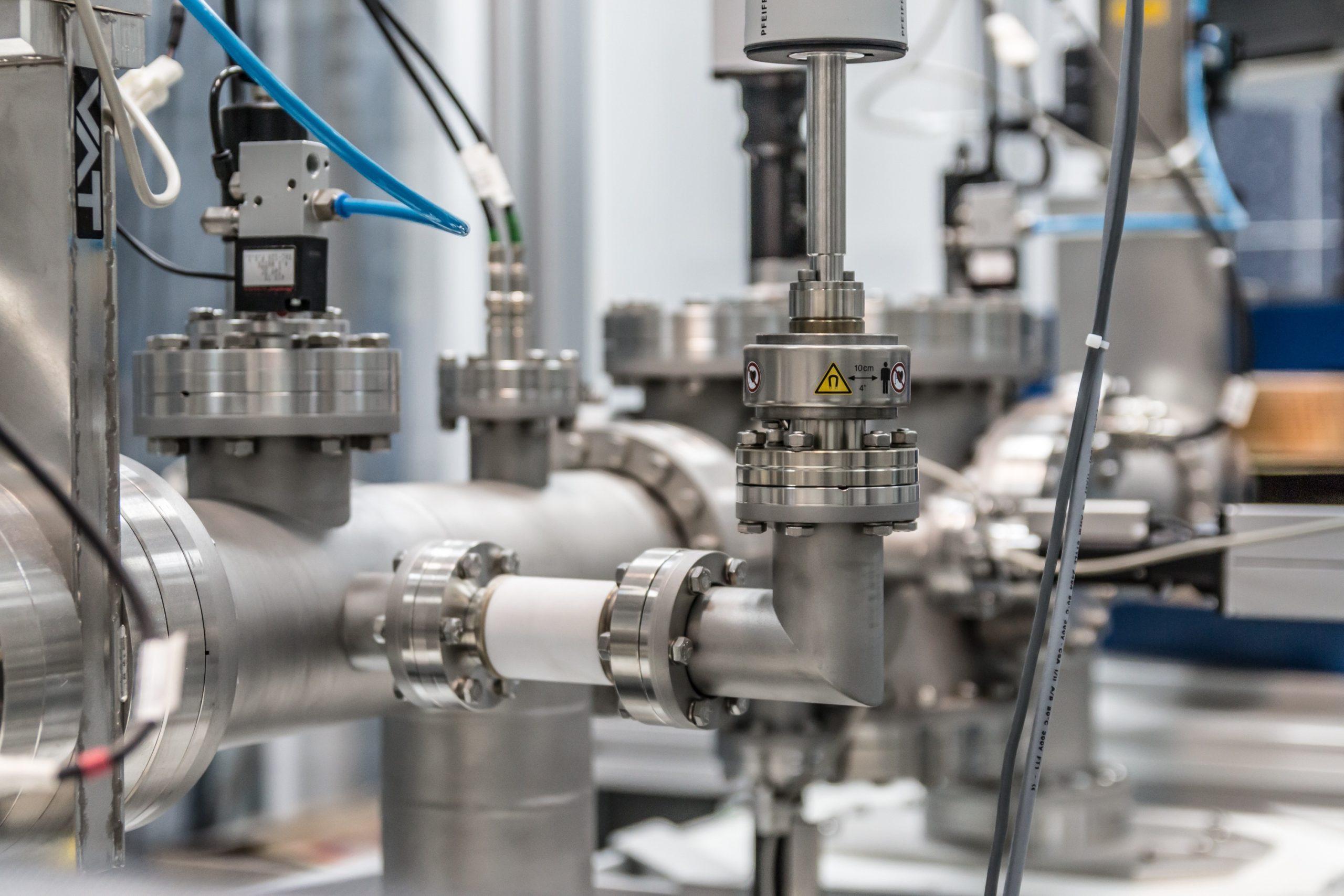Vertical Pumps are masterpieces of engineering that separate the motor and the fluid in circulation in the pumps. These pumps play a crucial role in diversified applications, especially where flooded suction or starting with dry suction is not applicable.
Types of Vertical Pumps
1. Cantilever Pumps vs. Immersion Pumps
Vertical immersion pumps come in two primary types: cantilever and immersion pumps. A Longer motor shaft makes a cantilever pump’s column length approximately 2 meters. On the other hand, armored immersion pumps support a separate shaft intended for driving the hydraulic parts; therefore, their length can be 100 meters.
2. Bearing Support
One of the critical components of a vertical immersion pump is a bearing support. It comes with radial forces (suction and compression), thus preventing vertical immersion pumps from “whipping.” The cause of this phenomenon is the rotating forces at the end of a shaft. The bearing support makes the pump operate conveniently and safely by equipping it with overall stability.
3. Impeller Variety
Vertical immersion pumps have the advantage of varying the blades of the impeller. Such a pump can be equipped with a one-stage impeller suitable for applications requiring low pressure and high flow or with the multistage immersion head design, which is appropriate for applications with high pressure and low flow—such adaptability results in the improved efficiency of the pump in the range of operation parameters.
Advantages
1. Handling Higher Temperatures
One to note is the capacity of high-temperature fluids that the material can handle. As there are no shields to get destroyed, Vertical Pumps can be used in the liquid where ambient temperatures of several hundred degrees Celsius are easily transferred, instead of self-priming or submersible pumps at which these severely hot climatic conditions may lead to failure or damage.
2. Transferring Flammable Liquids
Vertical immersion pumps are used instead of submersible pumps for transferring flammable liquids. This technology prevents an explosion by separating liquid from the motor in case of seal deterioration or wear since it is possible to have a blast of the oil operating pressure.
3. Extended Maintenance Intervals
Keeping the vertical immersion pumps in good shape is much easier than submersible pumps. Pumps where the motor is on the outside will not fail due to seal failure. Consequently, these are designed to require less frequent checks and monitoring than submersible pumps regularly.
4. Material Customization
Vertical immersion pumps make it possible to select, to an extent, the elements for the application based on the application’s conditions. This makes it possible to choose from polypropylene to stainless steel or hastelloys, materials that demonstrate higher chemical compatibility and durability than those commonly used in submersible pumps.
5. No Enclosures are required
Biweekly upkeep and control of the submersible pumps is carried out without entering confined spaces. Conversely, submersible pumps may necessitate entering confined spaces while being installed and maintained. However, vertical sump pumps can be serviced from above using a crane or hoist.
Vertical Sump Pump Applications
1. Tank Emptying
A tank with the pumps up performs best, and it is efficient at emptying the tanks. They can be purged by a model that pours out the whole tank or rests an inch from the tank bottom to prevent pulling the sludge and debris into the pumping system.
2. High-Temperature Heat Sharing Flow
Vertical submersible pumps are inevitable in applications needing fluid transportation at top temperatures because they can handle hot liquids of hundreds of degrees centigrade.
3. Fuel Transfer
Separating electrical components from mechanical ones removes the problem of fuel entering the motor and makes Vertical Pumps particularly good for transferring volatile liquids.
4. Low NPSH Available
In the case of a fixed submersible pump dipped in liquids, the problems of low Net Positive Suction Head (NPSH) are usually resolved, which makes vertical immersion pumps a good choice for common NPSH scenarios.
5. Long Suction Lines
In those applications that require nozzles to evacuate vast amounts of air from flow lines, the time needed for priming will be drastically reduced just by changing to vertical immersion pumps.
6. Plating Applications
Nonmetallic materials are versatile in the case of vertical immersion pumps, too, which makes them applicable for plating processes where cross-contamination with metals is not allowed.
Conclusion
Vertical immersion pumps are the best option for industrial applications as they are highly valued and unbeatable. The unique configuration of electric pumps, along with many edges over the submersible ones, allows their introduction to any fluid transfer systems. These challenges may range from utilizing the pump to transport high-temperature fluids, transferring flammable liquids, and streamlining maintenance procedures. Vertical immersion pumps excel herein, proving the ingenuity and flexibility of modern pumping technology.



